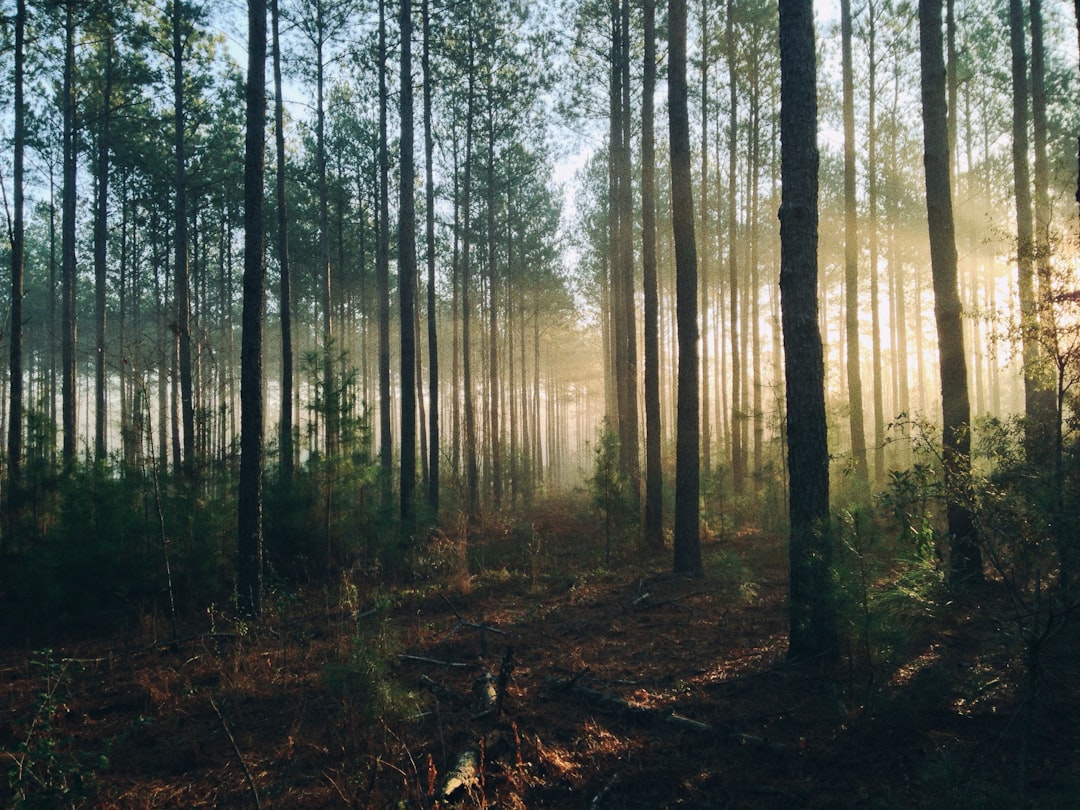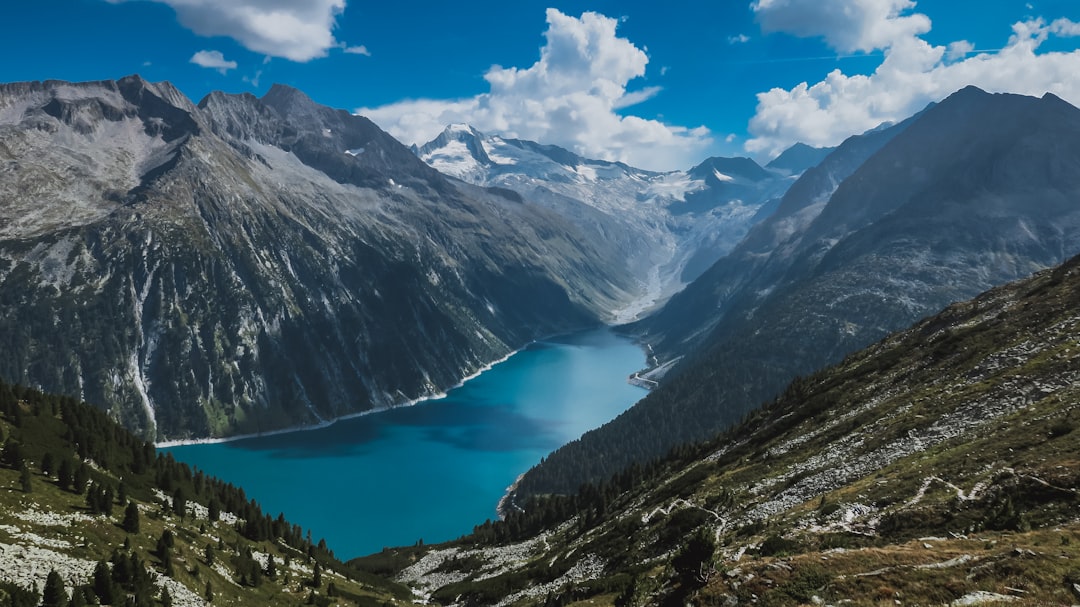What is it about?
This paper focuses on the high-resolution pollen analysis of one new pollen record from Lake Banyoles (NE Spain) and its contextualisation with other archaeobotanical records from the early Neolithic lakeshore settlement of La Draga. The causes of changes in vegetation are discussed, taking into consideration environmental data to calibrate the role of climate in vegetation dynamics, as well as archaeobotanical data to evaluate the impact of the management of vegetal resources on the landscape.
Featured Image
Why is it important?
The discussion of the data shows that climate could not have been the main cause for the decrease of broadleaf deciduous forests documented, and that the need of gathering raw material for the construction of dwellings played a major role in this change. The fact that these plant community does not recover during the occupation or after the abandonment of La Draga would confirm that human impact continued over time and that forest clearances were maintained for various purposes.
Read the Original
This page is a summary of: Landscape transformation and economic practices among the first farming societies in Lake Banyoles (Girona, Spain), Environmental Archaeology, August 2014, Maney Publishing,
DOI: 10.1179/1749631414y.0000000033.
You can read the full text:
Contributors
The following have contributed to this page










